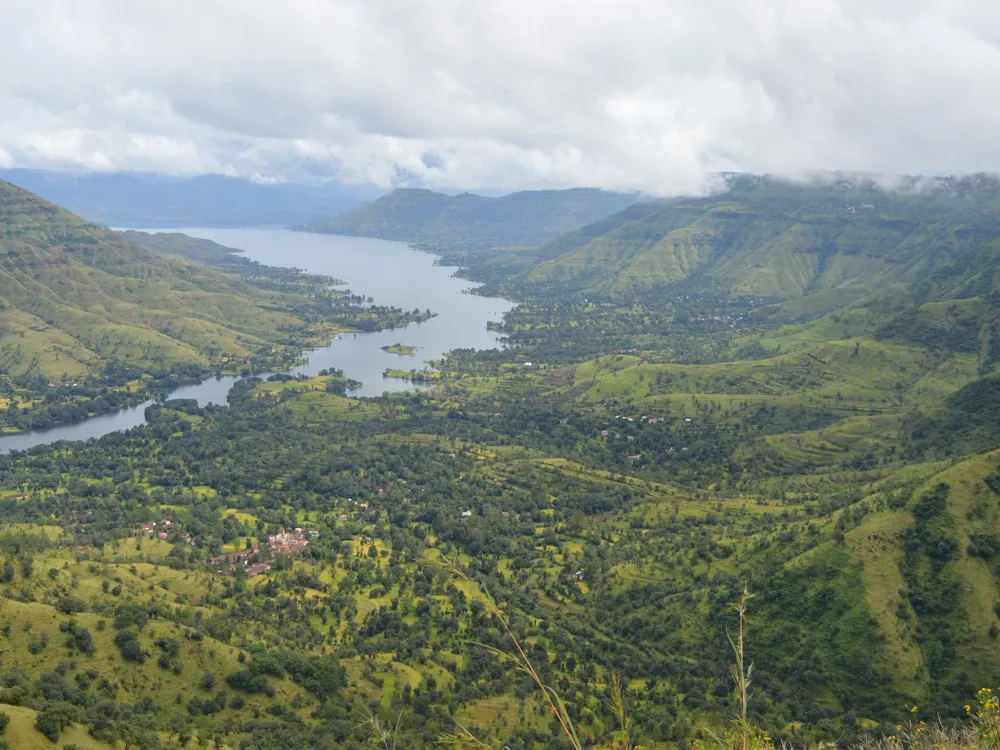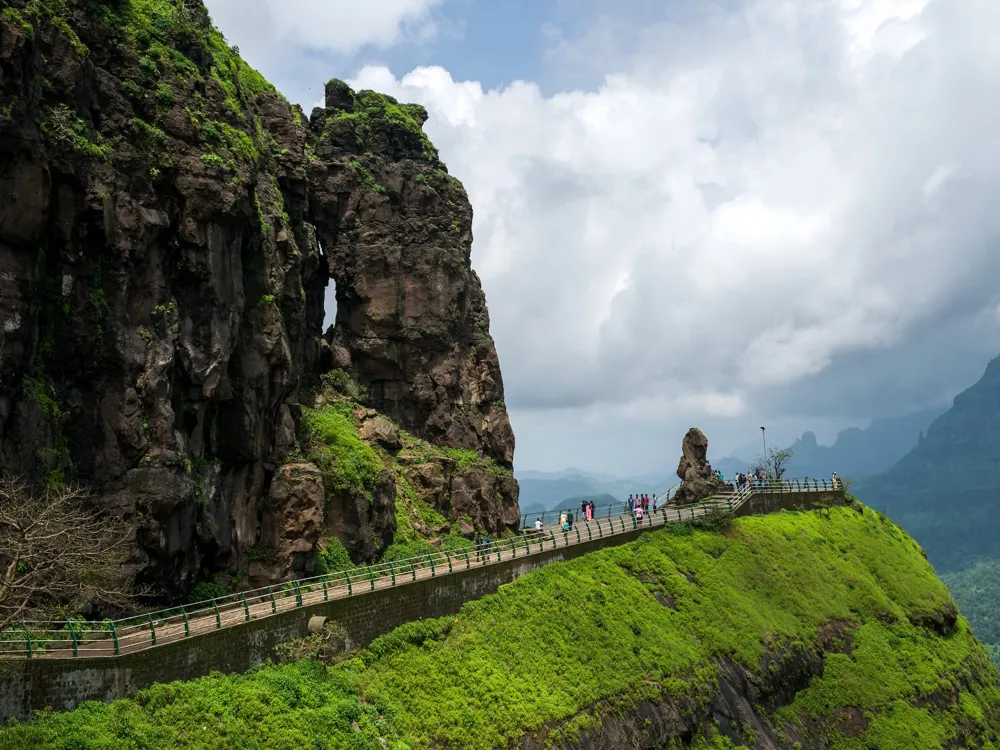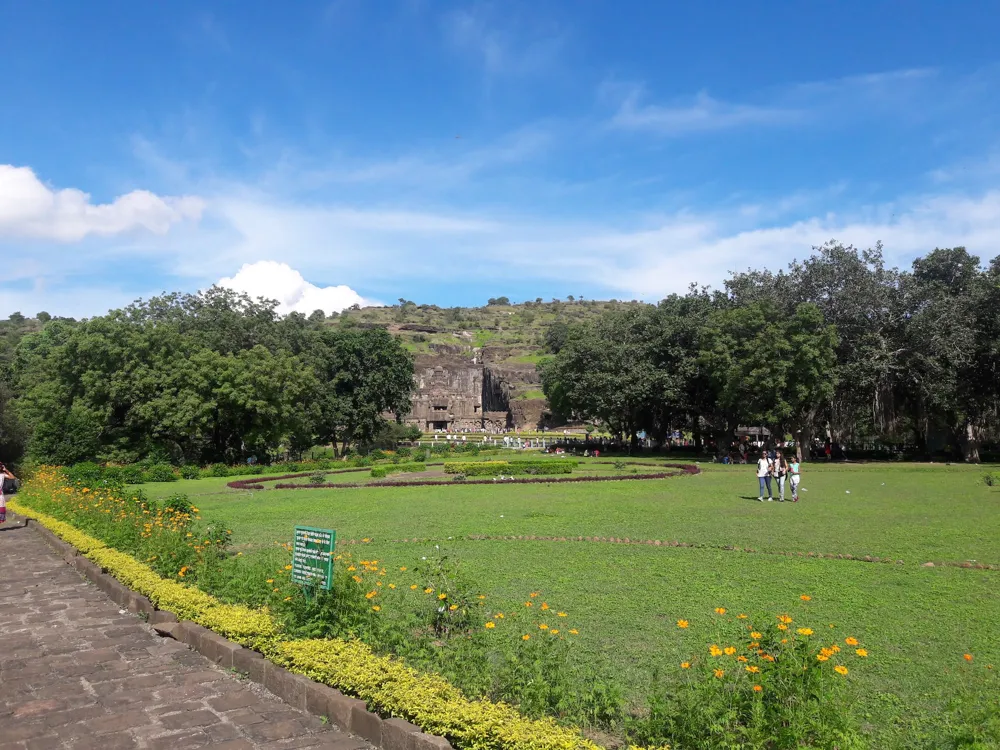The Someshwar Temple, located in the serene outskirts of Nasik, Maharashtra, stands as a testament to the rich cultural and spiritual heritage of India. This ancient temple, dedicated to Lord Shiva, is not just a religious site but also a symbol of architectural brilliance and historical significance. The temple, nestled on the banks of the Godavari River, provides a tranquil and spiritual ambiance that attracts thousands of devotees and tourists every year. Dating back centuries, the temple's exact origins are shrouded in mystery, but it's believed to have been an important site of worship since ancient times. The Someshwar Temple has witnessed numerous renovations and restorations over the years, each adding layers to its historical and architectural richness. The temple complex is more than just a religious site; it's a mirror reflecting the historical evolution of the region, showcasing the changing architectural styles and cultural influences over the centuries. The temple is not only a place of worship but also a hub for spiritual and cultural activities. Throughout the year, the temple hosts various festivals and events, drawing crowds from across the nation. These festivals are not just religious ceremonies but also a celebration of the rich cultural tapestry of Maharashtra. The temple's serene environment, coupled with the rhythmic chants and the fragrance of incense, offers a truly divine experience. The architecture of Someshwar Temple is a splendid example of the ancient architectural style prevalent in the region. The temple, predominantly built of black stone, stands as a magnificent structure, showcasing the skills and craftsmanship of the artisans of the bygone era. The intricate carvings and detailed sculptures on the temple walls depict various scenes from Hindu mythology, each telling a story of its own. The temple's main sanctum, housing the Shiva Linga, is a marvel of architectural design. The sanctum is designed in such a way that it remains cool throughout the year, regardless of the external weather conditions. This unique feature not only adds to the mystical aura of the temple but also demonstrates the advanced understanding of climate control and architecture by the ancient builders. One of the most striking features of the temple is its 'Nandi Mandapam', featuring a large, beautifully carved Nandi bull facing the Shiva Linga. This mandapam is an architectural masterpiece, with its pillars and ceilings adorned with exquisite carvings and motifs. The temple complex also includes various smaller shrines dedicated to other deities, each showcasing unique architectural elements and artistic details. Visitors are advised to dress modestly, covering shoulders and knees, as a mark of respect for the temple's religious significance. Photography might be restricted in certain areas of the temple. Always check for signs or ask for permission before taking photos. Maintain a quiet demeanor within the temple premises and avoid using mobile phones or creating disturbances. Engaging with local customs and participating in temple rituals can enhance your experience, but always do so with respect and understanding. Early mornings or late evenings are ideal for visiting to avoid the crowd and experience the temple in a more serene setting. Reaching Someshwar Temple is quite convenient as it is well-connected by various modes of transportation. The nearest airport is Nashik Airport, from where one can hire a taxi or take a bus to reach the temple. For those preferring to travel by train, Nashik Road Railway Station is the closest railway station, well-connected to major cities. Additionally, regular bus services and good road connectivity make it easy for visitors to reach the temple by road from nearby cities and towns. Read More:Overview of Someshwar Temple, Nasik
Architecture of Someshwar Temple
Tips When Visiting Someshwar Temple
Dress Appropriately
Photography Restrictions
Temple Etiquette
Local Customs
Best Time to Visit
How To Reach Someshwar Temple
Someshwar Temple
Nasik
Maharashtra Goa
NaN onwards
View nasik Packages
Nasik Travel Packages
View All Packages For Nasik
Top Hotel Collections for Nasik

Private Pool

Luxury Hotels

5-Star Hotels

Pet Friendly
Top Hotels Near Nasik
Other Top Ranking Places In Nasik
View All Places To Visit In nasik
View nasik Packages
Nasik Travel Packages
View All Packages For Nasik
Top Hotel Collections for Nasik

Private Pool

Luxury Hotels

5-Star Hotels

Pet Friendly





















